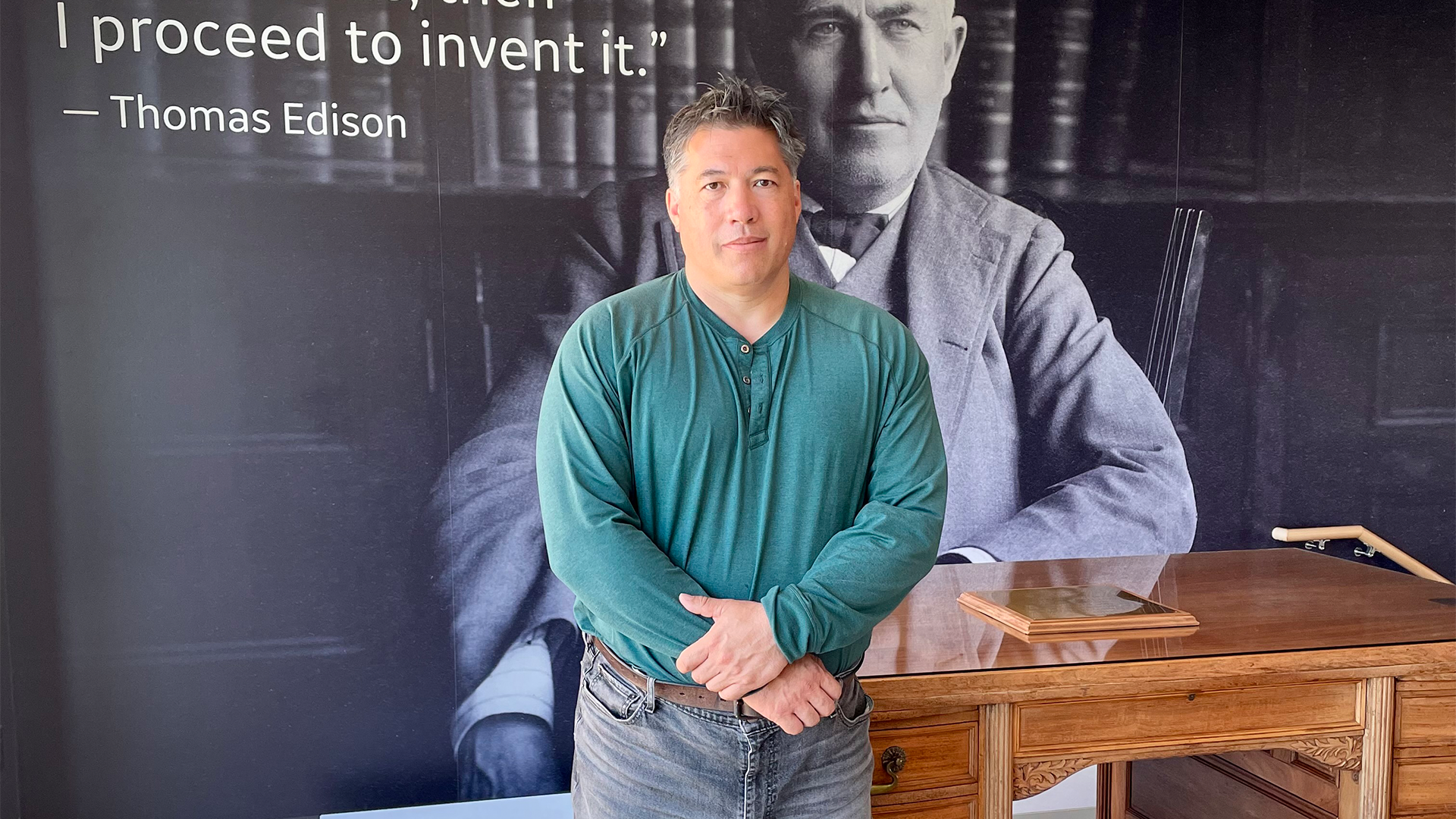_________________________
During its 35 years of service to the fleet, the Lockheed S-3 Viking was affectionately known as “the Hoover” because of the distinctive vacuum like sound of its engines. It also became known as the swiss army knife of naval aviation—it was able to carry out a range of missions for the U.S. Navy, including anti-submarine warfare, anti-surface warfare, carrier onboard delivery, electronic surveillance, airborne tanking, and over-the-horizon targeting.
When the S-3 was tagged for retirement from the fleet in 2009, the command at the Naval Air Warfare Center Weapons Division (NAWCWD) and specifically VX-30 Bloodhounds at Point Mugu, CA saw the opportunity to grab the platform—which they wanted for its sophisticated APS-137 ISAR imaging radar—and upgrade their crucial sea and air range clearance and surveillance capabilities. TheBloodhounds’ three S-3s all came to Point Mugu after being retired with Sea Control Squadron VS- 22and sent to the Navy’s Fleet Readiness Center Southeast in Jacksonville, Florida. There they were part of an extensive maintenance and repair program that added an additional five to six years of service life to the aircraft brings its service life to January’s final sundown of the Viking. During its service at Point Mugu, the S-3—with its extended endurance, speed and room for multiple types of avionics, pods and test equipment—played a vital role in VX-30’s mission to support the Navy and its customers. It served at the California base and its adjacent 36,000 square mile sea range, and at test facilities and ranges throughout the world.
 Photo Credit: Scott Dworkin
Photo Credit: Scott Dworkin
On January 8, 2016, VX-30’s current Executive Officer Commander Jim Mittag, accompanied by a crew of three delivered one of the squadrons remaining jets to the Aerospace Maintenance and Regeneration Group, in Tucson, Arizona (more commonly known as the “Boneyard”) for storage. Two of the squadrons S-3’s now are in Tucson, and the final S-3 has been delivered to NASA at the Glenn Research Center located in Cleveland, Ohio to be modified to fulfill its role in NASA's research missions and begin flying with the Research Center’s other modified Viking.
Commander Mittag, a long-time S-3 pilot, shared his thoughts on the S-3 as he stepped off of the plane for the final time in Tucson.
“This is an obviously a bittersweet day, not only for me but for anyone who was a part of the S-3 community,” Mittag said. “This is likely the last time I will ever fly that airplane, but somehow I am hoping that I am actually not the last pilot to fly the plane. We are all hopeful that Bloodhound 700 flies again somewhere. Maybe for South Korea, or someone else who sees the value in the platform that in reality does have a lot of life left in it. As far as what it did for us at VX-30, we couldn’t have asked for anything more. Given that we were working with limited parts, and limited support from the fleet to support the remaining three aircraft, all of the guys that you never see behind the scenes worked really hard to keep these aircraft flying and supporting the test mission day after day up until the very last day this week.
“We are delivering this aircraft to the Boneyard in such great shape, so anyone who may decide to buy these aircraft and bring them back into service is getting a fantastic aircraft and I am proud to have been the one to deliver it in this condition and represent the hard work everyone at VX-30 put in to the Viking over the last years of its Navy service,” Mittag said.
The Viking is powered by two GE Aviation TF34-GE-400A turbofans, which were specifically developed by the Navy for this aircraft. Each rated at 9,250 pounds of thrust, this durable design is also currently used for the US Air Force A-10 Thunderbolt II attack aircraft. The TF34 evolved into the successful commercial CF34 family which provides reliable power for a majority of the regional jets built by Bombardier and Embraer today. Over 8,000 TF/CF34s have been produced.
About Scott Dworkin:
Scott is the owner of Mach 91 Aerial Photography. As a freelance photographer and writer, Scott has
flown with every branch of the US military, as well as many civilian aviation outfits and law enforcementaviation units. He has traveled to Afghanistan with the United States Air Force, as well as around theU.S. with various military and civilian units. You can find him on Twitter and Instagram.





